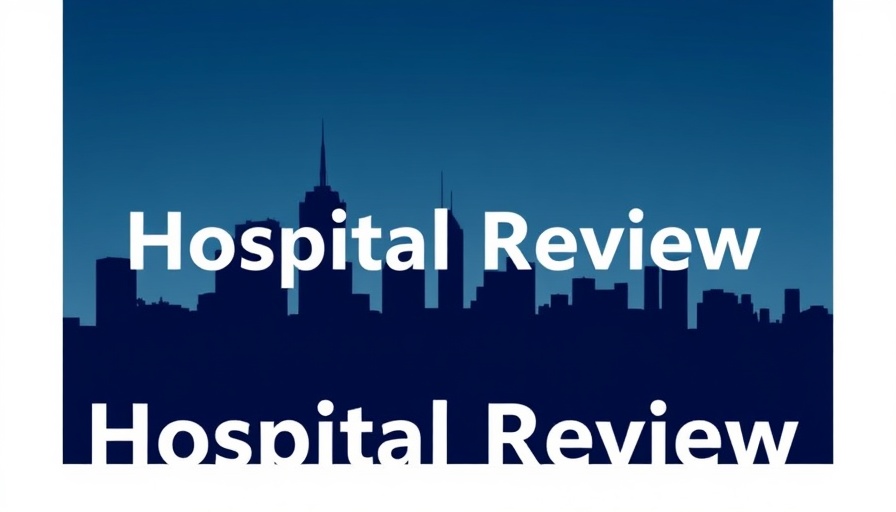
The Future of Physician Payment: A Closer Look at the Proposed Changes
On July 14, the Centers for Medicare & Medicaid Services (CMS) unveiled its proposed changes for the 2026 Medicare Physician Fee Schedule. This year's announcement brings forth significant adjustments that seek to both uplift physician compensation and adapt to evolving healthcare trends. With two distinct conversion factors now in play, understanding how these changes will impact various healthcare providers is crucial.
Understanding the Two Conversion Factors
The CMS's proposal introduces a pivotal distinction between qualifying alternative payment model (APM) participants—known as Qualifying Participants (QPs)—and non-QP providers. For 2026, CMS proposes a 0.75% increase for the QP conversion factor, while the non-QP factor sees a modest 0.25% increase. This differentiation aims to incentivize participation in advanced APMs that prioritize quality and accountability in healthcare delivery.
The Breakdown of Medicare Reimbursement Changes
Under the proposed rule, the QP conversion factor would rise to $33.59, reflecting a significant increase of 3.83%. Conversely, the non-QP rate will be set at $33.42, up by 3.62%. Healthcare providers should brace for a 2.5% statutory increase and adjustments to work relative value units, which have been key drivers in calculating reimbursement rates.
Potential Cuts: Navigating the Risks Ahead
While changes may be beneficial, the proposed 2.5% cut to work relative value units (RVUs) poses a challenge for non-time-based services. These cuts will not affect time-based services, which are crucial for various essential healthcare areas, such as behavioral health and telehealth. As we move forward, understanding these dynamics will be essential for independent physicians and nurse practitioners aiming to optimize their practices.
Streamlining Telehealth Services for the Modern Era
One of the more innovative proposals from CMS involves streamlining how services are added to the Medicare telehealth services list. By eliminating the distinction between provisional and permanent statuses, healthcare providers could potentially gain faster access to the tools they need—an essential aspect, especially for those incorporating telehealth into their practices. As telehealth continues to expand, aligning with Medicare-backed services can enhance patient engagement and streamline care delivery.
End of Virtual Supervision: Preparing for Changes
As of 2026, a significant aspect of the changes involves the discontinuation of the current temporary policy allowing for virtual supervision of residents by teaching physicians. This shift reintroduces the need for in-person presence during critical phases of care in metropolitan settings while maintaining a rural exception. Providers will need to assess how this will impact their operations.
Adapting in a Changing Landscape: Insights for Independent Practices
Independent practices, ranging from direct primary care doctors to urgent care clinic directors, must remain vigilant as they adapt to these changes. The landscape demands innovative healthcare business tools aimed at maximizing profitability and compliance. For instance, the implementation of practice automation and telehealth revenue optimization strategies will be essential in keeping pace with the evolving healthcare reimbursement environment.
Engaging Stakeholders: Building Support for Transition
With every change, there comes the opportunity for dialogue among healthcare providers, ensuring that the concerns of independent practitioners are heard and addressed. It's vital for professionals to engage with industry leaders and share insights on how to navigate this healthcare transformation effectively.
Striking a Balance: Embracing New Challenges
In summary, the proposed changes to the Medicare Physician Fee Schedule for 2026 present new challenges but also opportunities for those ready to adapt. Physicians and healthcare administrators must develop strategies for improved practice efficiency while embracing innovations such as AI phone agents and patient engagement tools. As healthcare continues to evolve, remaining informed and proactive is essential for maintaining the sustainability of independent practices.
 Add Row
Add Row  Add
Add 




 Add Row
Add Row  Add
Add 

Write A Comment